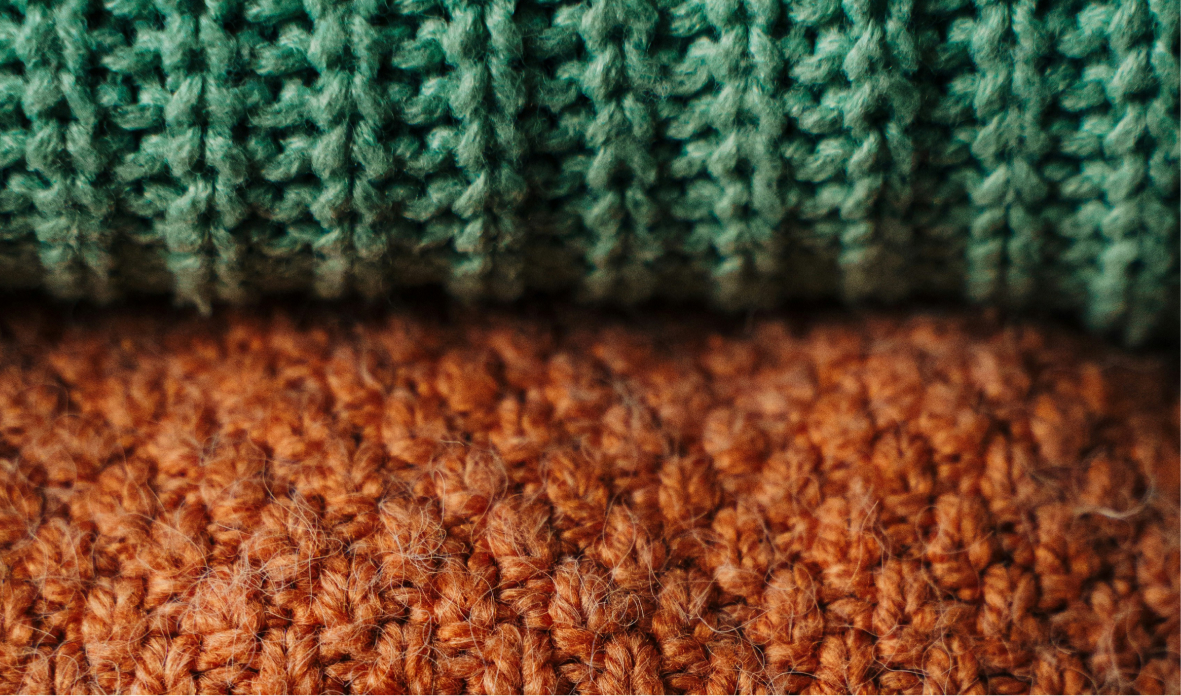How Fast Fashion Brands Are Fueling Your Shopping Addiction

Join the community





Ever caught yourself scrolling through TikTok and suddenly wanting to buy the latest trendy outfit, even though you know it's not necessary and fast fashion harms the planet?
Don't be hard on yourself! Fast fashion and ultra-fast fashion brands have clever tactics to make you feel like you need to buy new clothes, even when you don't.
Here are some of the tactics used by them to encourage overconsumption, and how to avoid them:
Ultra-low price points
As soon as you log onto Shein's website, popups like “25% off for orders above $9.99” and “Free shipping +20% off on your first order”' bombard you. Push past these promotions, and you'll find every item on sale or discounted. You can find hundreds of tops listed for under $5, some going as low as $1. At these ultra-low prices, we start treating clothes as disposables and fall into the overconsumption pattern.
To avoid getting hooked on sales, unsubscribe from fast fashion brands’ emails and texts and unfollow them on social media. The less temptation, the better.
Cheaper quality material
Fast fashion and ultra-fast fashion brands cut costs by using synthetic fibers like polyester, nylon, and acrylic instead of sustainable materials like organic cotton and Tencel Lyocell. These cheaper materials lose shape after a few washes, encouraging you to toss them and buy new ones.
Before you raid the sale section, consider the cost-per-use of fast fashion items. Many of them are made poorly with low-quality fabrics that won’t last through the year. Invest in well-made clothes and accessories that will last you years and save you money in the long run.
Creating microtrends
Fast fashion brands are masters at using social media to spark microtrends. A microtrend is a short-lived trend that lasts maybe a few weeks to a month. They explode on platforms like TikTok, making everyone feel they must buy new outfits to keep up with the fashion. Just as fast as they come, they're gone, replaced by the next microtrend. Brands like Shein and Cider capitalize on this, dropping new clothes daily.
Minimize the temptation of sales by distancing yourself from fast fashion brands. You can do that by unsubscribing from their emails and text messages and unfollowing their social media accounts.
Targeted advertising
Once you start following these trends, these brands know exactly what to advertise to you. They bombard you with personalized ads and haul videos, making you feel like you're missing out if you don't keep up with the ultra-fast fashion pace.
You can use the new Activity Off-Meta Technologies tool to turn off Facebook and Instagram's tracking. This handy tool lets you see and control what data apps and websites share with the platforms. You can even clear the history of apps and websites that have been sharing your data.
On Instagram, click on your profile button and select the stacked three lines in the top right. Then, go to Settings and Privacy > Accounts Center > Your information and permissions > Your activity off Meta technologies.
How to quit fast fashion for good
There are ways to shield yourself and not get sucked into the overconsumption habit:
- Invest in clothes that last: When buying new pieces, consider the cost per wear rather than the initial cost. If you purchase a sustainable, ethical clothing piece for $100 and wear it 50 times, it would cost $2 per wear. In contrast, a fast fashion item that costs $20 but is only worn four times would have a cost per wear of $5, making the sustainable clothing piece more economical in the long run.
- Shop secondhand: When you buy a secondhand item, you extend its life and avoid new consumption. Build a low-footprint wardrobe by exploring local thrift stores, community buy/sell groups, or resale apps such as Depop, The RealReal, ThredUp, and Poshmark.
- Avoid buying online, if possible: Shopping online is convenient. If you don’t find the right size, you can return or exchange that. But brands often throw clothes away, rather than pay the price to restock, especially if clothes are low-value. You can ensure that you get the right size and fit by shopping in-store.
- Take care of your clothes: Make sure that you take the time to read the care labels of your clothes, If possible, hang dry them instead of putting them in a dryer, which reduces the life of clothes. You can also learn basic mending techniques to prolong the life of your clothes. If mending your clothes sounds daunting, check out our Mending 101 Guide.









.png)


